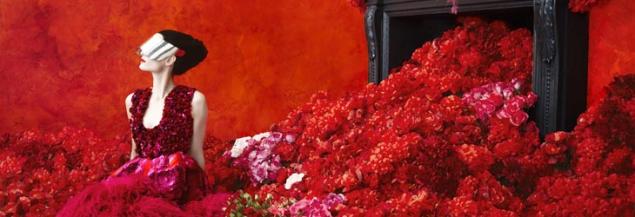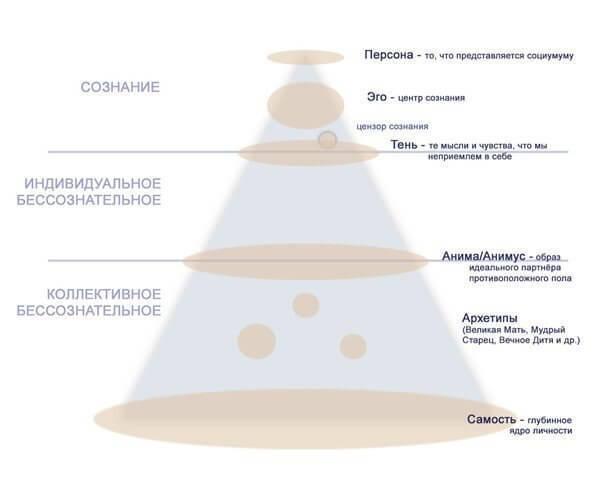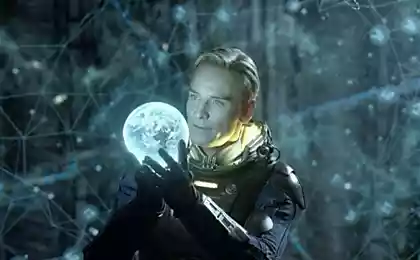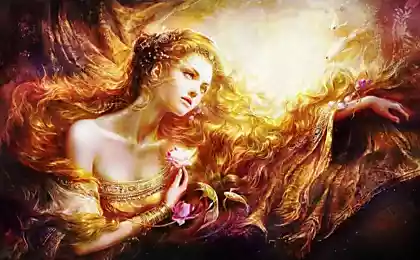652
Structure of personality according to Jung
Ego - it is the conscious mind. It is constructed from conscious perceptions, memories, thoughts and feelings. Ego is responsible for the sense of identity and continuity in terms of the individual person is considered as the center of consciousness.
Personal unconscious - a region adjacent to the ego. It consists of experiences that were once conscious, but repressed, suppressed, forgotten or ignored, and of the experiences which the appearance of his were too weak to make an impression on the level of consciousness. The contents of the personal unconscious accessible to consciousness, between the personal unconscious and the ego is a strong "two-way traffic»
.
Collective (or transpersonal) unconscious - the most powerful and influential mental system, and in pathological cases, it covers the ego and the personal unconscious (Jung, 1936, 1943, 1945)
. The collective unconscious - the repository of hidden memories, inherited from ancestors; an inherited past includes not only the racial history of the people as a distinct species, but also the experience of pre-human and animal ancestors. It is almost completely separated from the individual in the individual's life, and apparently universal. The collective unconscious - innate racial foundation of the entire personality structure. It grows ego, the personal unconscious and the other individual purchase.
Structural components of the collective unconscious are called archetypes (dominant, original images of adults, mythological images, behavioral patterns). Archetype - a universal form of the thinking (the idea) that contains a significant emotional element. This thought-form creates images and visions in the normal waking life related to some aspects of the conscious situation. For example, the mother archetype produces the image of the mother, which is then identified with the real mother.
It is assumed that in the collective unconscious contains many archetypes. Although archetypes can be considered as an autonomous dynamical system, relatively independent from the rest of the person in some developed so that fully justifies the attitude to himself as a separate system within the personality. These are: Persona, Anima, Animus, Shadow
.
Person - this is how we present ourselves to the world. It includes our social roles, personal style of expression. The person has both positive and negative aspects. The dominant person can suppress even stifle individuality. Those who identify themselves with his person, begin to see themselves only in terms of their social roles or superficial facade. Jung also called Persona archetype of conformity. However, the person is not only negative, it protects the ego and soul as a whole from the different social forces and aimed at her attempts. Pearson - a great tool of communication
. The animus, anima. Carl Jung posits unconscious structures that represent introseksualnuyu connection in every soul. Feminine archetype in a man called Anima, masculine in the woman - Animus. These archetypes are not only the cause of the presence of representatives of each of the opposite sex characteristics; they also act as collective images that motivate each sex on it in order to understand and answer the representatives of the other.
Shadow archetype - the center of the personal unconscious, the focus for the material, which was left out of consciousness. It includes trends, desires, memories, experiences that individual denied as incompatible with his person or contrary to social standards and ideals.
Self - is the center of the personality, around which are grouped all the other systems. It holds together these systems and provides individual unity, balance and stability. Self - is the goal to which people are constantly striving, but which rarely reach. Before the self materialize, it is necessary that the various components of the individual have been fully developed and individualization. According to Jung's personality can reach equilibrium only as a result of a long process of psychological maturation, they called individualization.
Personal unconscious - a region adjacent to the ego. It consists of experiences that were once conscious, but repressed, suppressed, forgotten or ignored, and of the experiences which the appearance of his were too weak to make an impression on the level of consciousness. The contents of the personal unconscious accessible to consciousness, between the personal unconscious and the ego is a strong "two-way traffic»
.

Collective (or transpersonal) unconscious - the most powerful and influential mental system, and in pathological cases, it covers the ego and the personal unconscious (Jung, 1936, 1943, 1945)
. The collective unconscious - the repository of hidden memories, inherited from ancestors; an inherited past includes not only the racial history of the people as a distinct species, but also the experience of pre-human and animal ancestors. It is almost completely separated from the individual in the individual's life, and apparently universal. The collective unconscious - innate racial foundation of the entire personality structure. It grows ego, the personal unconscious and the other individual purchase.
Structural components of the collective unconscious are called archetypes (dominant, original images of adults, mythological images, behavioral patterns). Archetype - a universal form of the thinking (the idea) that contains a significant emotional element. This thought-form creates images and visions in the normal waking life related to some aspects of the conscious situation. For example, the mother archetype produces the image of the mother, which is then identified with the real mother.
It is assumed that in the collective unconscious contains many archetypes. Although archetypes can be considered as an autonomous dynamical system, relatively independent from the rest of the person in some developed so that fully justifies the attitude to himself as a separate system within the personality. These are: Persona, Anima, Animus, Shadow
.

Person - this is how we present ourselves to the world. It includes our social roles, personal style of expression. The person has both positive and negative aspects. The dominant person can suppress even stifle individuality. Those who identify themselves with his person, begin to see themselves only in terms of their social roles or superficial facade. Jung also called Persona archetype of conformity. However, the person is not only negative, it protects the ego and soul as a whole from the different social forces and aimed at her attempts. Pearson - a great tool of communication
. The animus, anima. Carl Jung posits unconscious structures that represent introseksualnuyu connection in every soul. Feminine archetype in a man called Anima, masculine in the woman - Animus. These archetypes are not only the cause of the presence of representatives of each of the opposite sex characteristics; they also act as collective images that motivate each sex on it in order to understand and answer the representatives of the other.
Shadow archetype - the center of the personal unconscious, the focus for the material, which was left out of consciousness. It includes trends, desires, memories, experiences that individual denied as incompatible with his person or contrary to social standards and ideals.
Self - is the center of the personality, around which are grouped all the other systems. It holds together these systems and provides individual unity, balance and stability. Self - is the goal to which people are constantly striving, but which rarely reach. Before the self materialize, it is necessary that the various components of the individual have been fully developed and individualization. According to Jung's personality can reach equilibrium only as a result of a long process of psychological maturation, they called individualization.
























